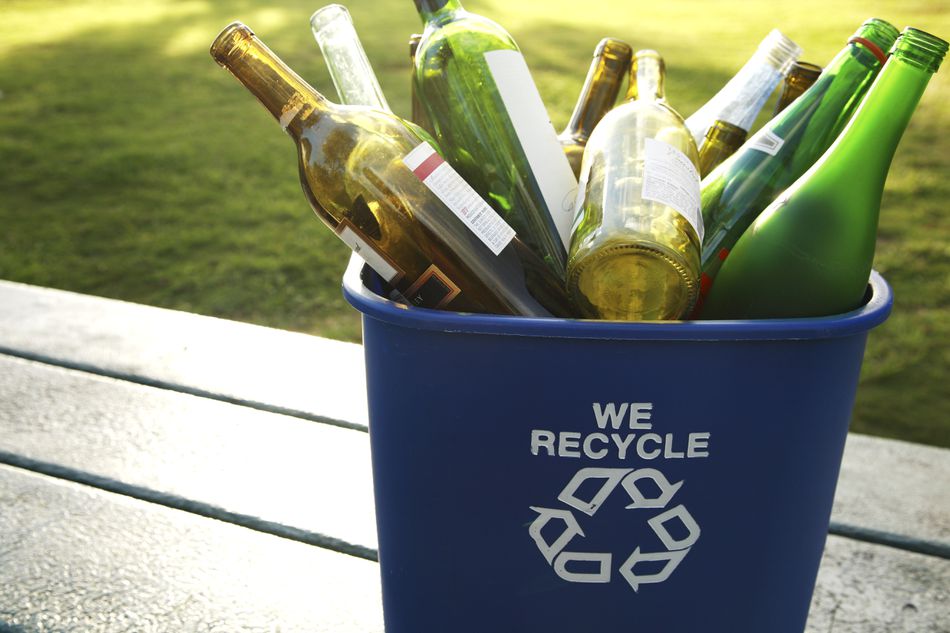Hey! Conscientious Recycler – There are Things You Don’t Want to Put in the Blue Bin
Contaminants in recycling can hurt the process and can actually result in batches of recyclable material being diverted to landfills. Waste disposal is an issue that the islands of Hawaii are serious about.
The following items are contaminants and should not be added to the blue bins designated for recyclable items.
Thin plastic bags damage machinery. Plastic gets stuck in the machine parts. It has to be burnt away to unclog and get the machine working again. Not only does this lead to avoidable breaks in the process, it also results in the release of harmful chemicals and toxic fumes.
Batteries, in various shapes and sizes, are items that should be recycled separately.
Needles are a non-recyclable hazard. They should not end up with recyclable materials simply because of the plastic and metal components that make up a syringe.
Food scraps are a serious recycling contaminant. Before disposing food packaging, ensure that it is cleaned off of all food scraps. The good thing; however, is that food scraps are biodegradable and need not be diverted to a landfill.
Frozen food packaging is not recyclable. Such boxes have an internal lining of wax or a plastic polymer to keep the food insulated. Plastic frozen food trays can be recycled once they have been cleaned off of the wax.
Some types of glass can be recycled, while some cannot be sent to the recycling plant. Microwave plates, pyrex, and drinking glasses do not melt at the same temperature at which bottle and jar glass melt. Do not add broken glass of any type to the recycling bin. It is a hazard for the employees working at recycling centers.
While disposable diapers contain paper and plastic, they should not end up in the recycling bin because such diapers are considered a biohazard.
PVC materials, scrap metal, fabric, paper towels, light bulbs, and electronic items are not meant to be added to the recycling bin.

